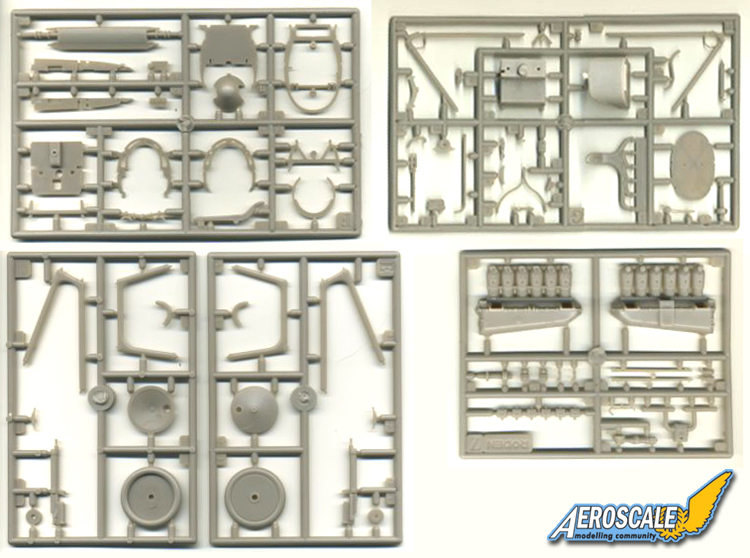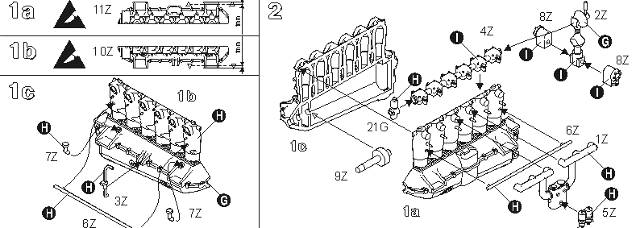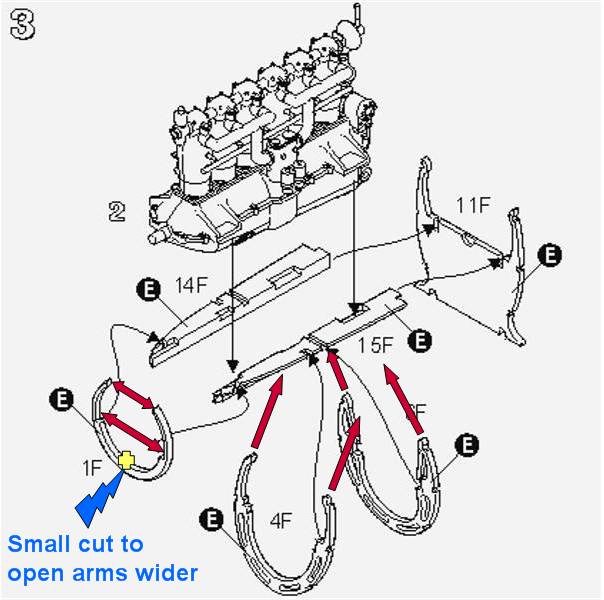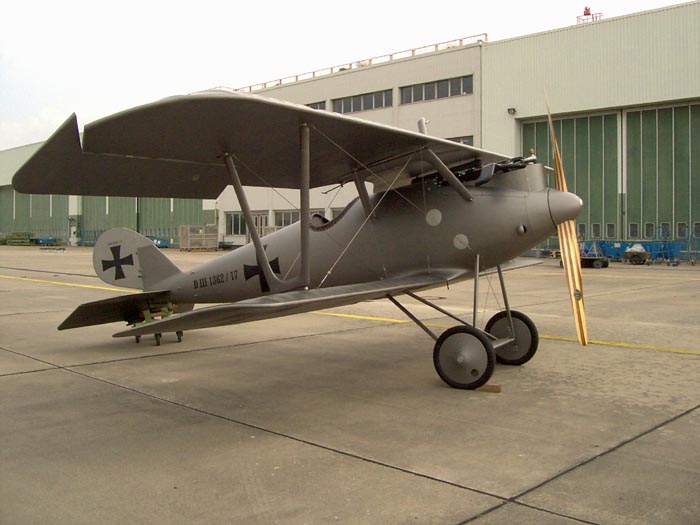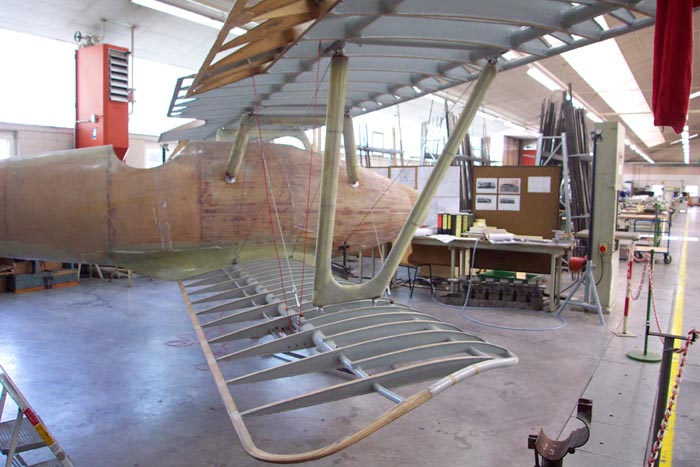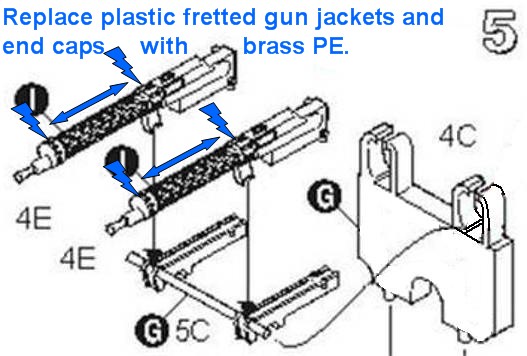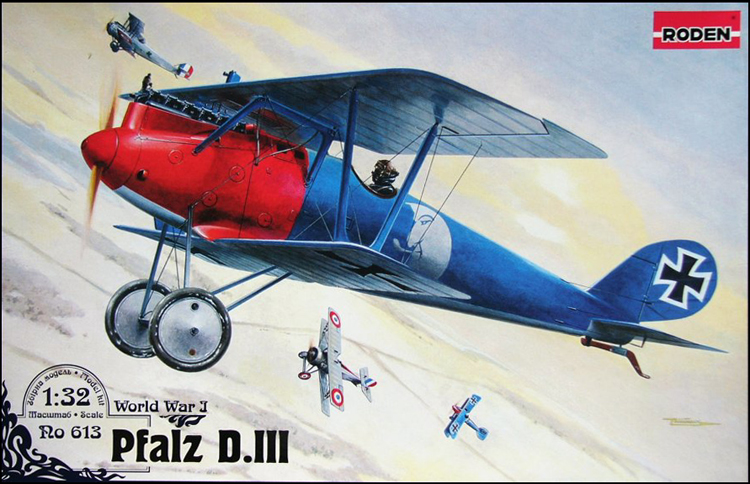
http://www.roden.eu
THIS KIT
Roden has sent to me an example of their Pfalz D.III for review. Since there has been an in-the-box preview and some discussion about the build concerns of one modeler, I will focus on the items that will help avoid pit falls. No one wants $50-60.00 USD kit to be a disappointment. These areas are:
1. historical accuracy
2. detailing
3. fit.
The aim of the single kit work up or build for review is not to rip apart a kit. The focus should be to explain or answer questions about building the kit. This is to help the average builder understand things like, the difference between a Pfalz D.III and a Pfalz D.IIIa. Or in most cases the equipment in an open cockpit aircraft rhat is is foreign to the average model builder. Today, most modelers want to know, what is the tried and true method to be successful with a biplane kit. If your going to invest in a kit that costs as much as current kits do, your going to want to avoid pitfalls that will make your kit unattractive after its completed. In truth a half built kit is a disappointment.
First, cracking the box I have to echo the statement "Impressive". This issue of the Roden all plastic kit is impressive! Fine molded detail will give you a good represenation of the Pfalz D.III. As most of you know WWI aviatin subjects are my specialty. The good people at Roden contacted me after I posted images of my efforts on their Sopwith 1 1/2 Strutter.
Most of you will be pleased to note that the wings in my kit were taped to a larger section of cardboard. This appears to be Roden's current practice for this kit. I have to give it to Roden that they listen to their clients. . . modelers. Most impressive.
THE ORIGINAL AIRCRAFT
The shark-like profile of the Pfalz D.III appeared on the Western Front in late summer / early autumn 1917. Manufactured by the Pfalz Werke in Bavaria the first examples of the early production types were evidently saddled with the obsolete Mercedes D.III 170hp inline six. Conversely the Albatros Werke fighters had been using the Mercedes D.IIIa 170hp motor since the beginning of 1917 and were now having their D.Va types installed with a D IIIaü 180hp. Several concerns arose as the Pfalz D.III began its service life.
First, the guns could not be accessed in-flight to clear jambs as they were buried beneath the forward turtle deck ahead of the cockpit and the access panels were impractical to remove in-flight to clear stoppages.
Second, the tail surface was minimal in area for operational use.
Thirdly, as mentioned previously the type was underpowered with its Mercedes D IIIa 170hp.
Finally ‘greenwood’ or woods that had not been fully cured were used in the Pfalz D.III manufacture. After some machines arrived at the front it was noticed in the Jasta 20 & 64w field reports say that the tail unit would develop a definite twist to the left or right. This has been directly related to the progressively poor handling qualities of the Pfalz D.IIIa &IIIa.
EARLIER KITS
For years the only plastic kit of the Pfalz D.III / IIIa was the old Aurora 1/48 kit of the late 1950's. In the sixties there was the Renwal Aero-skin 1/72 injected kit. In the seventies it was a vacuform kit from Warbirds in 1/72. In the eighties it was the 1/72 Meikraft slush mold injected kit. Then the nineties saw a limited 1/24 release and Eduard finally releasing their 1/48 scale kit. As early as 1998 you couldn’t throw a paint tin in a hobby shop without hitting some author doing a build up review of the 1/48 ‘Bird of Prey’ for a magazine, club newsletter or internet posting. Now as interest in WWI aviation is rising so are the scales in which people are building. Roden is known for highly detailed tight fitting kits and it was no real surprise to most WWI aviation modeling fans that Roden has just released their version of this famous machine. This is the review will focus on the all plastic "Trojan Horse", Roden’s 1/32 kit #613.






















